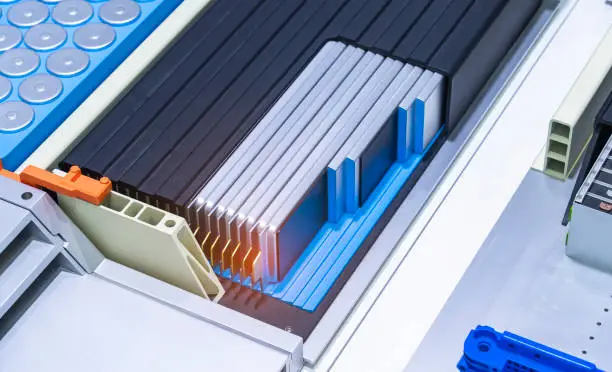
A gel battery, also known as a gel cell battery, is a type of lead-acid battery that uses a gelified electrolyte to reduce spillage and improve durability. Here are some key features and benefits of gel batteries:
- Electrolyte Composition: The electrolyte in a gel battery is mixed with silica dust to form a thick, pasty gel. This gel-like substance immobilizes the electrolyte, making it less likely to spill or leak.
- Maintenance-Free: Gel batteries are typically sealed and do not require regular maintenance such as topping up with distilled water, unlike traditional flooded lead-acid batteries.
- Deep Discharge Capability: Gel batteries can withstand deeper discharges without significantly shortening their lifespan, making them suitable for applications requiring sustained power over long periods.
- Durability: The gelled electrolyte provides better resistance to vibration and shock, which makes these batteries ideal for use in off-road vehicles, marine applications, and other environments where mechanical stress is a concern.
- Safety: Since the electrolyte is in gel form, there is a reduced risk of acid spills and corrosion, enhancing safety during handling and operation.
- Performance in Extreme Conditions: Gel batteries perform well in extreme temperatures and have a lower self-discharge rate compared to conventional lead-acid batteries. This makes them reliable for standby power applications and in environments with fluctuating temperatures.
- Applications: Common uses include renewable energy systems (like solar and wind), backup power supplies, electric vehicles, wheelchairs, golf carts, and telecommunications equipment.
While gel batteries offer many advantages, they also come with some limitations, such as higher initial cost and sensitivity to overcharging. Proper charging systems and controllers are essential to maximize the lifespan and performance of gel batteries.




